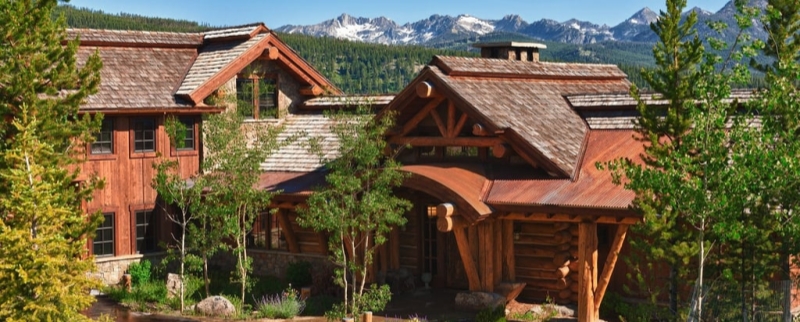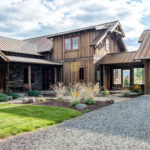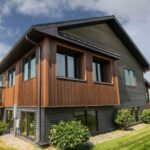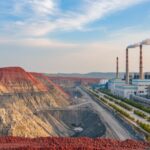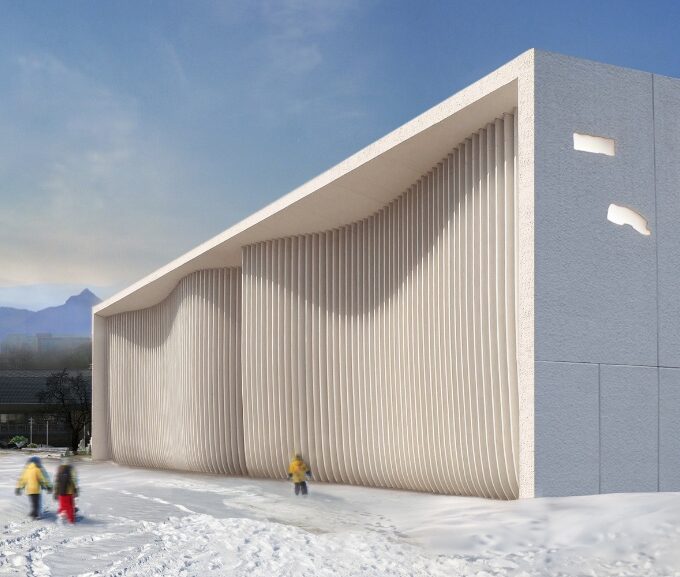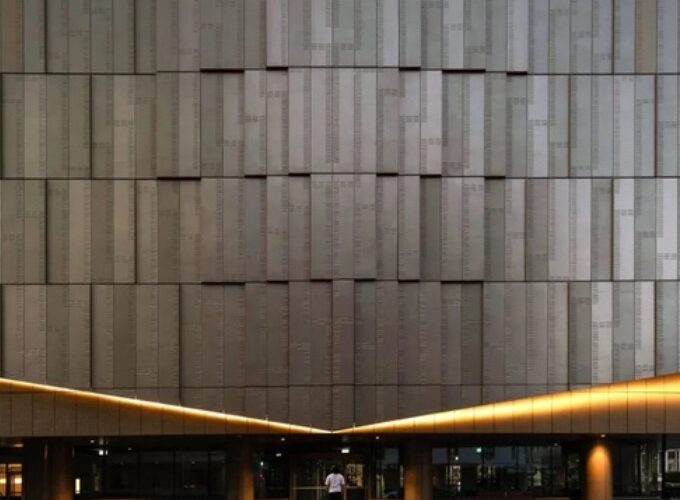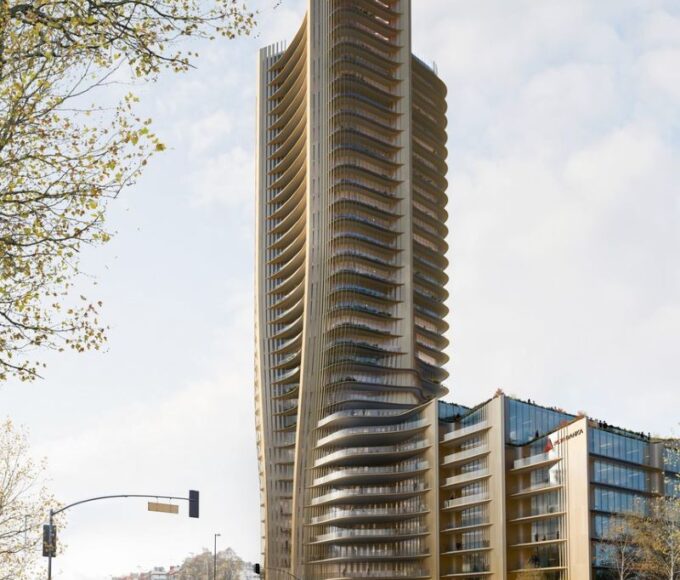With so many different options on the market, it can be tricky to decide which types of metal roofs are best for your home or building. From classic copper to innovative steel, each type of metal roofing material has its own unique advantages.
5 Types of Metal Roofing Materials
- Copper — Extremely long-lasting, very soft with low melting temperature
- Aluminum — Long-lasting, resistant to salt water corrosion
- Zinc — Extremely long-lasting, resistant to corrosion and lowest melting point
- Steel — Three variations: galvanized, galvalume, and weathering steel (Corten)
- Tin — Often referring to steel, used prior to World War II. No longer commonly applied.
Metal roofing has often been likened to the “Cadillac of Roofing”. However, opinions on this comparison may vary depending on individual perspectives. In reality, ‘metal roofing’ is not a specific product but rather encompasses a wide range of materials. Furthermore, the term itself does not specify whether it refers to steel, aluminum, zinc, or copper roofing. Considering the versatility of metal roofing in accommodating various requirements and design preferences, a more fitting comparison might be that metal roofing is the “Sport Utility Vehicle of Roofing”.
In the subsequent discussion, Latest.com will furnish a comprehensive analysis of the advantages and disadvantages associated with various types of metal roofing materials.
Copper Roofing – Pros & Cons
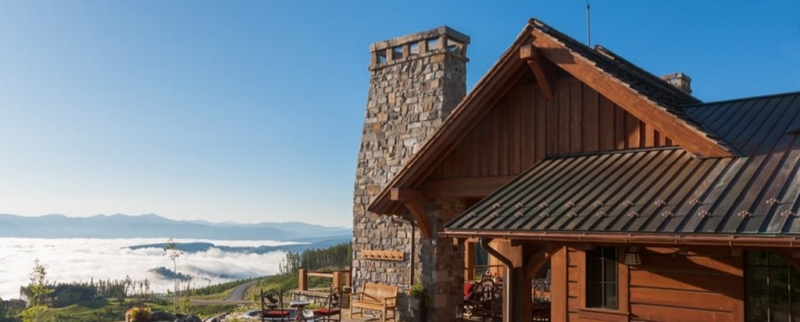
Considered to be the grandfather of metal roofing, copper roofs have been used for centuries around the world. Copper is an extremely long-lasting metal that in ideal environments, can last well over 200 years. Moreover, their 100% recyclability renders them popular choices for eco-conscious consumers.
Copper is an extremely soft metal, which makes it among the quietest types of metal roofing. However, with modern installation practices, all metal roofing now recommends proper substrates and insulation that minimize noise from rain or hail at the same level. The softer nature of Copper Roofing also means that in hail prone regions, it may be easily dented. While this lowers the aesthetic value, it also performs better than a harder metal that, with a large enough hailstone, will puncture rather than simply dent the roof.
If metal roofs are the SUVs of roofing, copper roofs are the Range Rovers of their class. This brings up an apparent downside to copper. Like the Range Rover, it is extremely expensive and, depending on customer needs, may be far beyond the budget to get the job done. Another negative aspect of copper is its tendency to expand and contract with swings in temperatures. While this can be controlled with the proper panel or shingle, it does need to carefully be considered when choosing this metal.
Aluminum Roofing – Pros & Cons
If copper is the Range Rover of roofing, then Aluminum Roofing Materials are easily considered to be the Dune Buggy of roofing. Take a Volkswagen Beetle, pull off the doors, the roof, and all unneeded features. Seal off the essentials to prevent salt spray, add a roll cage, and upgrade the suspension. Throw some nice sand tires on the thing and take it for a cruise along the beach. You now have the vehicle that best describes the strength and corrosive durability of an Aluminum roof.
Aluminum metal roofs are often highly recommended for use in coastal climates. This is mainly due to aluminum’s resistance to salt corrosion compared to other types of metal roofing materials. While the common perception of an aluminum roof is that it’s not effected by corrosion, the reality is that it’s actually a highly active metal and almost instantly reacts to atmospheric conditions. This rapid reaction is actually what protects it so well. The outer layer of aluminum roofing material reacts with the oxygen in the environment, creating a layer of aluminum oxide, which effectively seals the inner layers of the metal from any future corrosion. Aluminum roofs are often used with a painted coating as it’s natural patina over time is not typically thought of as aesthetically appealing.
Like copper, aluminum’s downside often comes down to cost. While it can offer a better protection against corrosion, it’s also more expensive than comparable solutions that use aluminum as a coating. Typically, the price for this metal lies somewhere in the middle between steel and copper. Due to its price, aluminum is often used in much thinner thicknesses than steel. In regions with high winds, hail, or strong environmental stresses, this can result in damage to the roofing material. Properly identifying the environmental strains that your aluminum roof will face will be crucial in choosing the right design.
Zinc Roofing – Pros & Cons
Who remembers the original Humvee? An extremely durable and dependable machine that could take you anywhere you needed to go, yet at a pretty price. This is Zinc in a nutshell.
Zinc is an amazing metal, able to use its patina to heal scratches over time, plus stay strong for over 100 years. The natural properties of Zinc make it a favorite for commercial projects due to its ability to be easily formed and manipulated into amazing shapes. While the chalking of Zinc over time is not considered an appealing aspect of the metal, it can be cleaned and controlled to an extent.
While the Humvee was not exactly a “green vehicle,” Zinc could be considered one of the greenest metals available for roofing. Zinc has a lower melting point than other roofing metals. This lower melting point means that processing the Zinc for use as a building material requires up to a ¼ of the energy that it takes to process steel or copper. Zinc is also 100% recyclable and available in most local markets, making it an extremely green material, even compared to Copper or Steel.
The main downside to Zinc is the chalking effect from an aesthetic point of view, and the price. Zinc is not cheap. In fact, Zinc often is comparable to Copper. Like Copper, Zinc also requires expert installation to properly make use of its advantages as a building material. Zinc, like most bare metals, does patina into a blue/grey appearance if left unpainted. Along areas where water flows, this often leaves a chalk residue that many find unappealing. Zinc is also a very soft metal, and can be easily damaged by hail or high winds depending on the panel or shingle design.
Steel Roofing – Pros & Cons
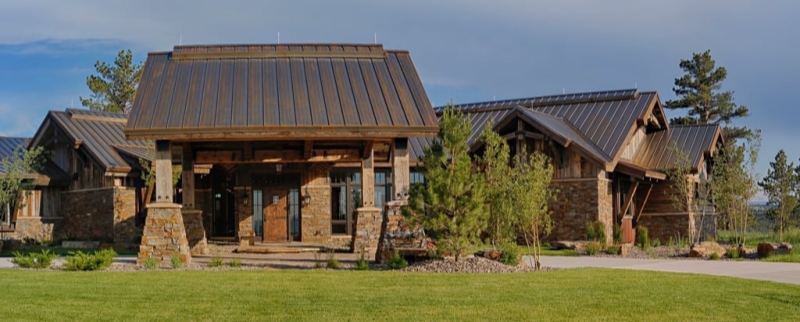
Steel is an alloy, made from iron and other elements. Used in every aspect of building, steel roofing has often been one of the most common materials found on a commercial construction site, and is now often incorporated into residential builds. Besides, being an incredibly green building material to work with, steel is the most recycled material on the planet.
When compared to other metals, steel is also the least expensive, which is often priced at a much lower rate than Aluminum, Zinc, or Copper. This means that steel is both affordable and available at a greater amount compared to the other metals on this list.
There are three primary Steel Roof types: Galvanized, Galvalume, and Weathering Steel.
Galvanized Steel is actually created by using a layer of Zinc to protect an inner layer of steel from corrosion. This coating helps extends the life of a steel panel and slow the corrosion process. Galvanized Steel is the most common form of Steel Roofing material.
Galvalume Steel is similar to Galvanized, but rather than using a primarily Zinc coating, Galvalume uses a combination of Aluminum and Zinc. The Aluminum provides better protection against corrosion in certain environments compared to Galvanized, and also provides a smaller, smoother spangle for a more uniform appearance. Due to its Aluminum qualities, Galvalume offers better surface protection than Galvanized, but is vulnerable to scratches or cut edges.
Weathering Steel is a form of steel that was originally designed for use in heavy steel industries like bridge construction. An outer layer of steel is designed to intentionally rust, protecting the inner layer of steel. It is often used in decorative roofing applications, or with the expressed understanding of the rusting process and the need for regular maintenance.
Steel Roofing has made huge advancements in the past 50 years and can now be used to mimic Copper, Zinc, and other more expensive metal roofing materials. This is done through paint systems that create a painted solution to match the natural patina of a Copper, Zinc, or even the Weathered Steel look. These solutions often carry long warranties and make ideal choices for remodels, restorations, and new builds.
Because steel is among the hardest metal options, it can be used in most weather environments, and works well in hail and high winds. It’s a common sight in mountain regions with high snow volumes, and is a preferred solution in regions prone to hail.
Tin Roofing – Pros & Cons
Tin Roofing is an often-requested item by enthusiasts around the United States and Canada. The term “tin roofing” is used interchangeably with metal roofing, steel roofing, or galvanized steel. In fact, tin is actually a rarely used type of metal for roofing. Tin itself is an element, like Copper or Zinc. Tin was introduced as a canning material, which was then adapted by rural DIYers who flattened out the material and used it as a shingle when other materials were not available.
When Aluminum became the standard for containers, which replaced tin roof sheets, so went the use of it as a DIY building material. In reality, when you hear reference of “tin roofing” in modern times, this is normally referring to either a galvanized steel or aluminum material rather than actual tin roof sheets.
For its DIY use in the 19th century, and its ability to remain a part of our vernacular long after it left, Tin Roofing could be fondly considered the Willy’s Jeep of roofing. While it still has many uses in science and technology, Tin is no longer generally used as a building material option and tin roof sheets have been virtually phased out.
Conclusion
While each of the five types of metal roofing materials have their advantages, in the end, the choice often comes down to cost. Copper can be aesthetically the most appealing of the metals, but also the most expensive. Zinc is the greenest of the materials due to its low melting point, but is also very expensive. Aluminum roofs offer a great solution in coastal regions, and is less expensive than Copper or Zinc. Steel is the most used of the materials, making it less expensive and affordable as a metal roofing option for homeowners as well as commercial builds. Tin had its day, but now often refers to galvanized steel when spoken about in terms of roofing.
Each of these metals has their advantages and weak points. Choosing the right metal to use for roofing comes down to the installer, the location of building, and the stresses and strains it will be put through. Make sure to always hire experienced roofing contractors who have worked with metal roofing.


